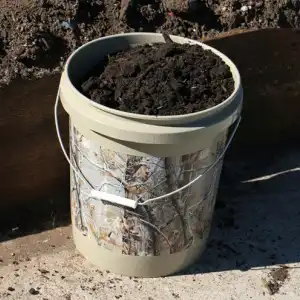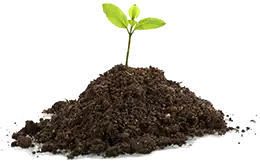Buy Compost
Compost now available at
For pricing and material availability, please visit:
 New pricing effective 1/1/2021:
5 gallon bucket price: $1.00 per bucket
Bulk compost is no longer available at Bees Ferry but may be purchased from local retailers.
New pricing effective 1/1/2021:
5 gallon bucket price: $1.00 per bucket
Bulk compost is no longer available at Bees Ferry but may be purchased from local retailers.
Contact McGill for more information or visit:
Compost Uses & Markets
What Are the Benefits of Using Compost?
 Because of the beneficial characteristics of compost, the product can be used for many different applications. Adding compost to soil increases the amount of organic matter, which helps to increase nutrient levels and conserve water. Compost can hold up to 10 times its own weight in water, so it is a very effective tool for water conservation.
Because of the beneficial characteristics of compost, the product can be used for many different applications. Adding compost to soil increases the amount of organic matter, which helps to increase nutrient levels and conserve water. Compost can hold up to 10 times its own weight in water, so it is a very effective tool for water conservation.
Typically, South Carolina soils have an organic matter content of less than 1%. USCC recommends that healthy soils should contain at least 5%.
The cards below outlines the popular uses and applications for compost summarized by USCC. For more detailed information on compost applications, see the information below.


Charleston County
ChasCountyGov
ChasCountyGov
Charleston County Government
CharlestonCountyGovernment
CharlestonCountyGovernment
CharlestonCountyGov
ChasCountyGov